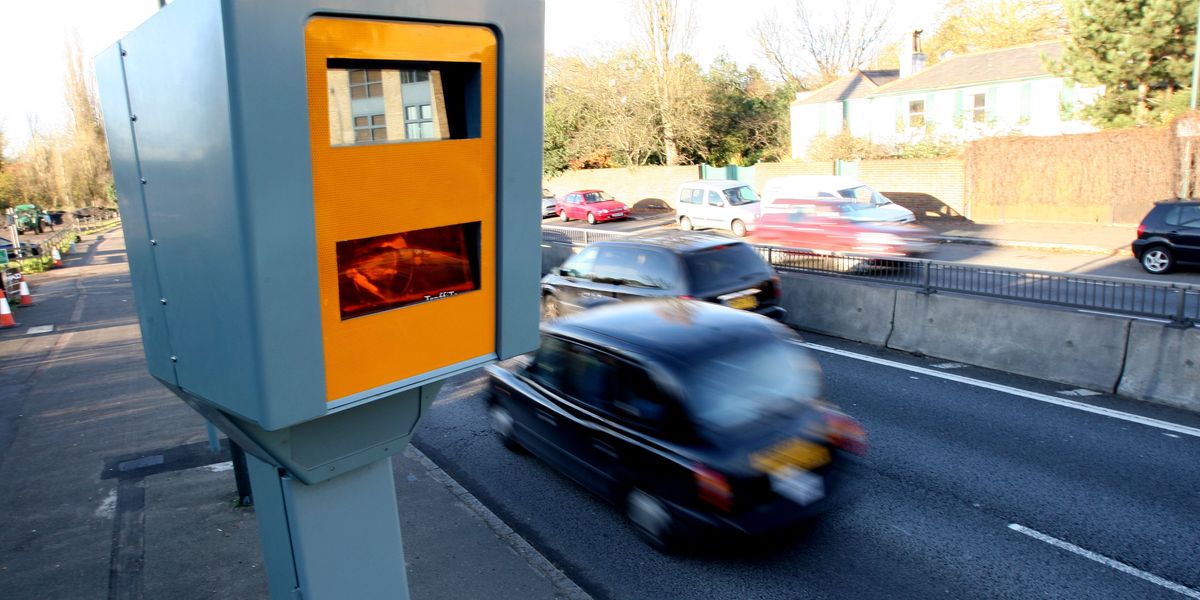It’s easy to forget we’re standing on one of the best viewing platforms in the solar system – Planet Earth.
And this week, Earthlings will be treated to one of the most spectacular views of all – a planetary parade.
On Tuesday evening (January 21), six planets will line up in the night’s sky – Mars, Jupiter, Neptune, Saturn, Uranus and Venus.
Best viewed in clear skies free of cloud, the individual planets should be easily spotted in amongst the stars after nightfall.
Furthest east will be Mars which has a subtle rusty red or orange colour, while Venus is the brightest thing in the night’s sky apart from the moon.
Jupiter has a light tan colour and outshines everything except Venus, while Saturn has a pale yellow hue, due to ammonia crystals in its upper atmosphere.
However, members of the public will need a telescope or high-powered binoculars to view two of the planets – Neptune and Uranus.
If you miss it, don’t worry – all six of the planets, plus a ‘bonus’ planet (Mercury) will be visible on February 28.
The cosmic wonder, set for January 21, will see Venus, Mars, Jupiter, Saturn, Neptune and Uranus appear positioned in a line from Earth’s perspective
Planetary alignments occur when several planets all appear on the same side of the sun, as viewed from Earth.
This makes it appear that all the planets are arranged in a long diagonal line stretching from east to south across the night sky.
To see the parade on Tuesday evening, go outside a few hours after sunset and turn southeast.
In a sky full of stars, the planets can be identified by their distinct lack of twinkling (stars twinkle, while planets usually shine steadily).
Telling the planets apart with the naked eye is relatively simple to do, according to Jake Foster, an astronomy education officer at Royal Museums Greenwich.
‘Venus will be noticeably the brightest of all four planets, shining a bright white light, and Jupiter will be the second brightest, also shining white in colour,’ he told MailOnline.
‘Saturn will be clearly fainter than the other three, due to its much further distance from the sun.
‘Mars will have the most distinctive difference from the others because of its colouration, appearing as a bright orange point of light to the naked eye.’

The conjunction of planets Venus (top) and Jupiter in the sky above Salgotarjan, Hungary, March 2, 2023. Venus appears brighter because it is closer to Earth

Members of the public will need a telescope or binoculars to view two of the planets – Neptune and Uranus

Projected view of the night’s sky at 6pm GMT. On Tuesday evening (January 21), six planets will line up in the night’s sky – Mars, Jupiter, Neptune, Saturn, Uranus and Venus
Venus and Saturn will be in conjunction, meaning they will appear closest to each other, while Jupiter, Mars and Uranus will appear further east.
Neptune will be close to Venus and Saturn – but bear in mind you will need a telescope or binoculars to see Neptune and Uranus.
‘Uranus and Neptune, two very distant ice giant planets out in our solar system, are also there in the sky, but they are very faint,’ Preston Dyches, expert at NASA Jet Propulsion Laboratory, told ABC News.
The alignment will be visible soon after sunset but you’ll only have a couple of hours before Venus, Saturn and Neptune dip below the horizon.
The good news is that the moon is in its last quarter phase, meaning it will be less bright on Tuesday – providing ample opportunity for viewing the planets.
For the best view, try to find somewhere away from sources of light pollution such as street lights and give your eyes plenty of time to adjust to the darkness.
Excellent viewing spots around the country include Lake District in Cumbria, Arthur’s Seat in Edinburgh, the Shetland Islands and Whitley Bay, North Tyneside.

Planetary alignments occur when several planets all appear on the same side of the sun. This file photo shows an exaggerated view of the lineup
According to the Met Office, conditions will remain cloudy throughout Tuesday which could impede viewing conditions, although some clear patches will develop, especially in the north.
A spokesperson told MailOnline: ‘A cloudier [Tuesday] night in the south, with clearer skies and variable amounts of cloud in Scotland, Northern Ireland and northern England.
‘Patchy fog developing where skies remain predominantly clear.’
For those who want to see the whole show, a telescope with at least an 8-inch aperture at 50 times magnification is needed to see Uranus and its rings, while to see Neptune, maintain the same aperture but increase the magnification to 150.
Mobile apps such as Stellarium and Star Walk 2 also offer a guide on where and when to look in the sky.
These multi-planet viewing opportunities ‘aren’t super rare’, according to NASA, but they don’t happen every year either.
Last June, six planets – Mercury, Mars, Jupiter, Saturn, Uranus and Neptune – appeared in alignment.
Although they appear close as viewed from Earth, the planets are of course still millions of miles apart during an alignment.

After the moon, Jupiter and Venus are currently the brightest objects in the sky illuminating the European skyscape. Pictured from Eindhoven, Netherlands, March 2023
They only appear to move closer, or farther apart, in the sky as our view of them across the solar system changes from month to month.
Also, planetary alignment depends on our viewpoint – so if three planets are in the same region of sky from Earth’s point of view, they are not necessarily in the same region of sky from the sun’s point of view.
‘Alignment is therefore an artefact of a viewpoint and not something fundamental about the planets themselves,’ said Dr Christopher S. Baird, assistant professor of physics at West Texas A&M University.
Dr Baird also said that planets in our solar system never line up in one perfectly straight line ‘like they show in the movies’.
‘If you look at a two-dimensional plot of the planets and their orbits on a piece of paper you may be led to believe that all the planets will circle around to the same line eventually,’ he added.
‘In reality, the planets do not all orbit perfectly in the same plane.
‘Instead, they swing about on different orbits in three dimensional space. For this reason, they will never be perfectly aligned.’













